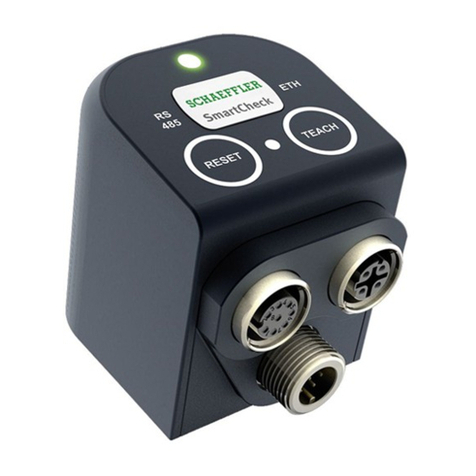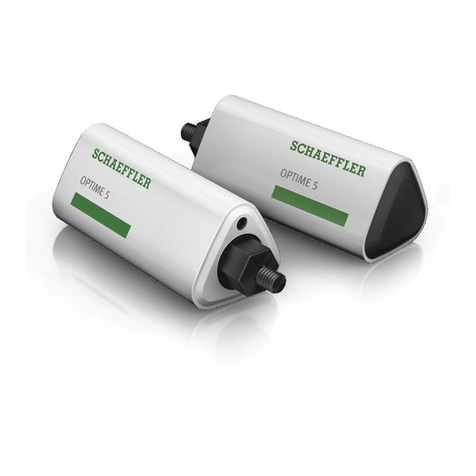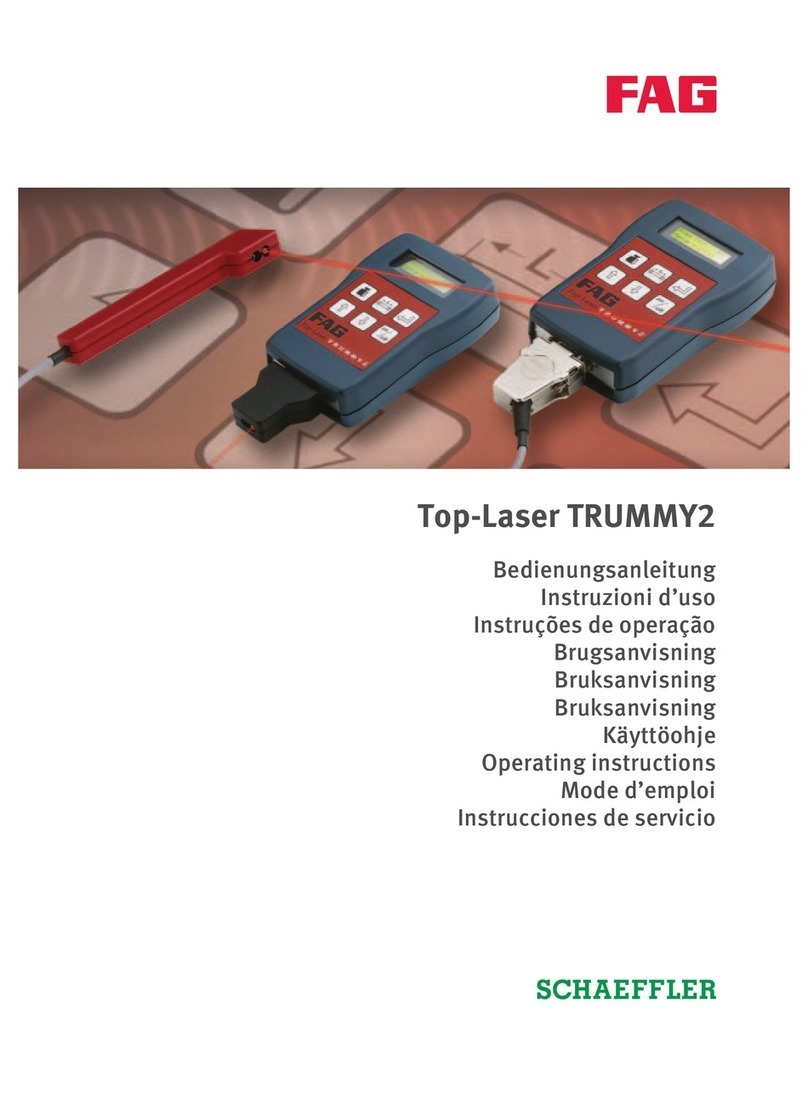
3
Contents
Contents
.................................................................................................................................................... 41 General
.............................................................................................................................................................................................. 41.1 Safety inform ation
.............................................................................................................................................................................................. 41.2 Hazard symbols and signal w ords
.............................................................................................................................................................................................. 51.3 About this guide
.................................................................................................................................................... 62 Product description
.............................................................................................................................................................................................. 62.1 Intended use
.............................................................................................................................................................................................. 72.2 Modifications by the user
.............................................................................................................................................................................................. 72.3 Technical data
.............................................................................................................................................................................................. 92.4 Scope of delivery
.................................................................................................................................................... 103 Commissioning the base system
.................................................................................................................................................... 134 Installing the ProLink modules
.............................................................................................................................................................................................. 134.1 Installation details of the ProLink m odules
.............................................................................................................................................................................................. 144.2 Dim ensions of the ProLink m odules
.............................................................................................................................................................................................. 154.3 Mounting modules
.................................................................................................................................................... 175 Layout, connections and fittings
.............................................................................................................................................................................................. 175.1 Overview of how to connect and set up the device
.............................................................................................................................................................................................. 185.2 Connection details
.............................................................................................................................................................................................. 215.3 Connecting modules via internal Ethernet netw ork
.............................................................................................................................................................................................. 225.4 Inputs and outputs of the vibration m odule
.................................................................................................................................................................................. 22Connecting the analogue inputs of the vibration module 5.4.1
.................................................................................................................................................................................. 23Connecting the digital inputs of the vibration module 5.4.2
.................................................................................................................................................................................. 25Connecting the digital sw itching outputs of the vibration module 5.4.3
.............................................................................................................................................................................................. 275.5 Connecting the pow er supply
.............................................................................................................................................................................................. 285.6 Connecting the com puter via Ethernet
.................................................................................................................................................... 296 Operation and controls of the ProLink system
.............................................................................................................................................................................................. 316.1 Reset button
.............................................................................................................................................................................................. 316.2 Teach button
.................................................................................................................................................... 327 Further information
.................................................................................................................................................... 348 Maintenance and repair
.................................................................................................................................................... 359 Decommissioning and disposal
.................................................................................................................................................... 3610 Manufacturer/support
.................................................................................................................................................... 3711 Appendix
.........................................................................................................................................................0Index
































